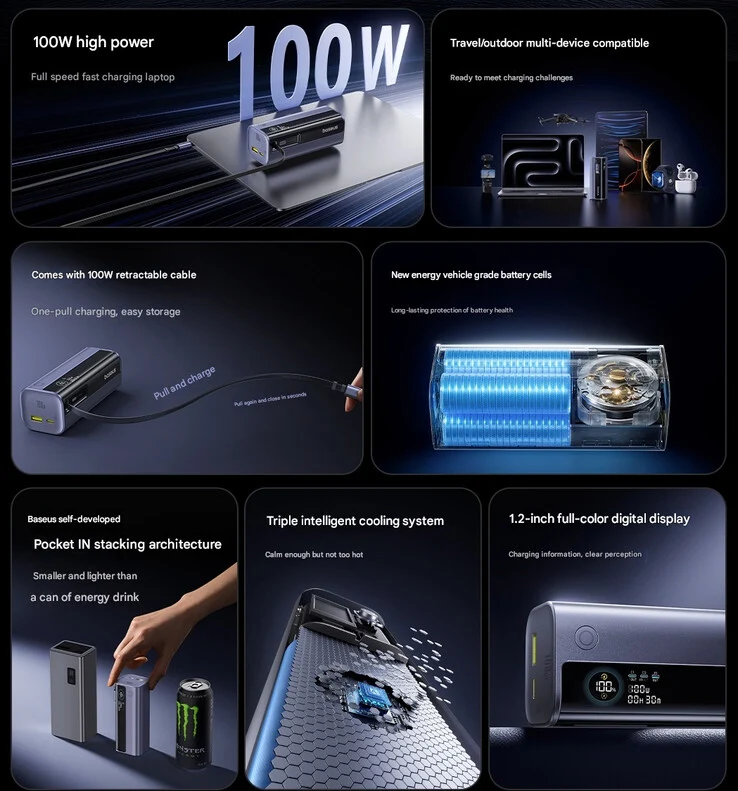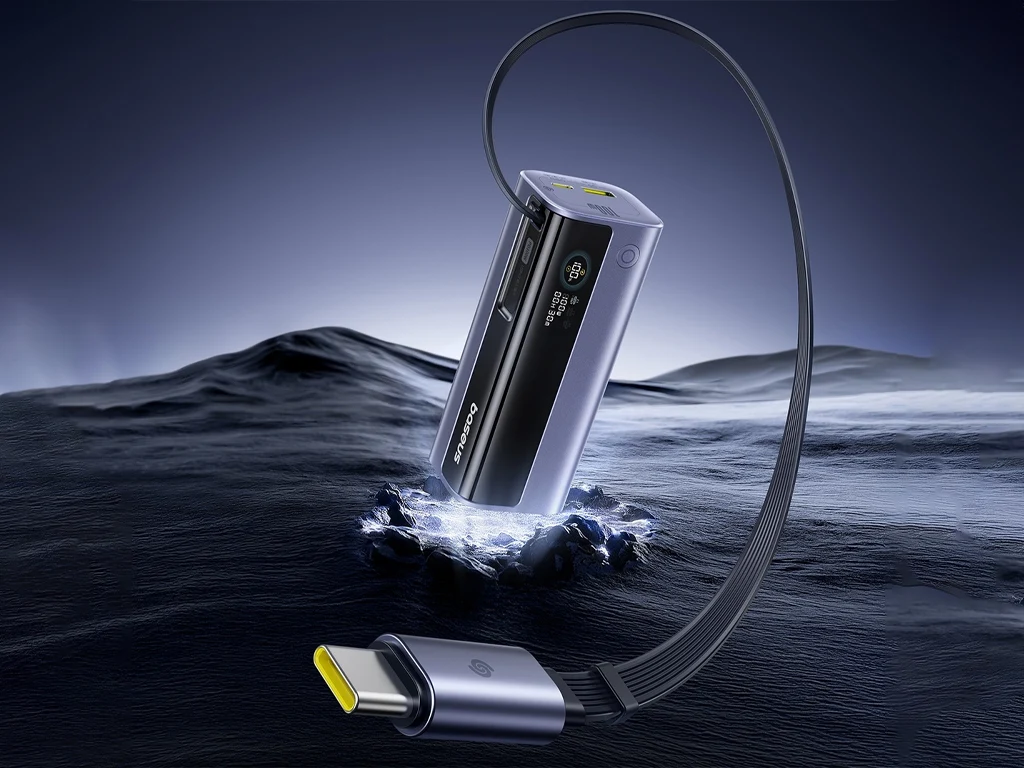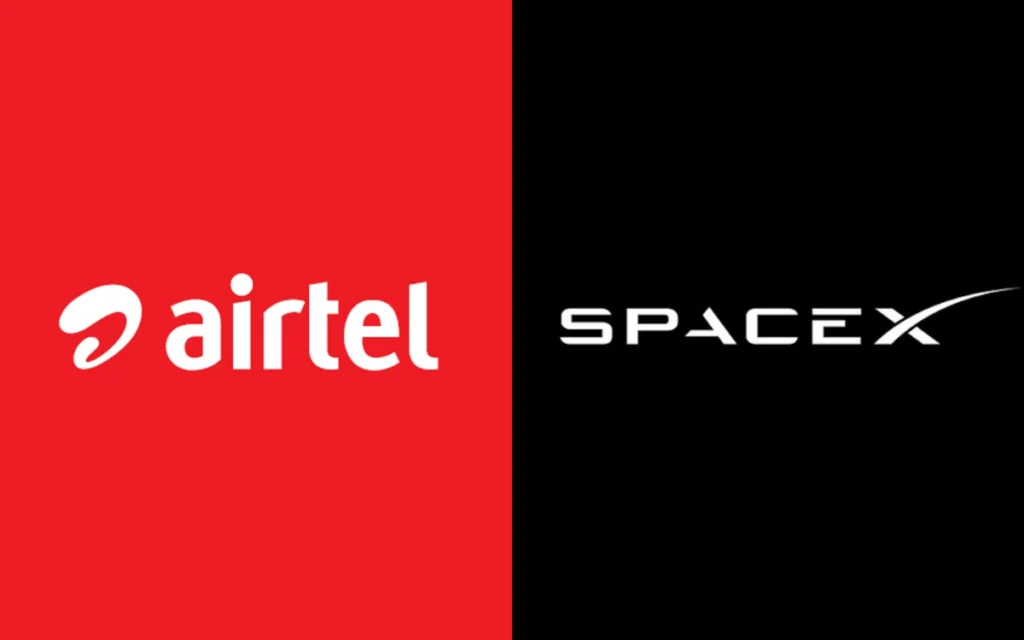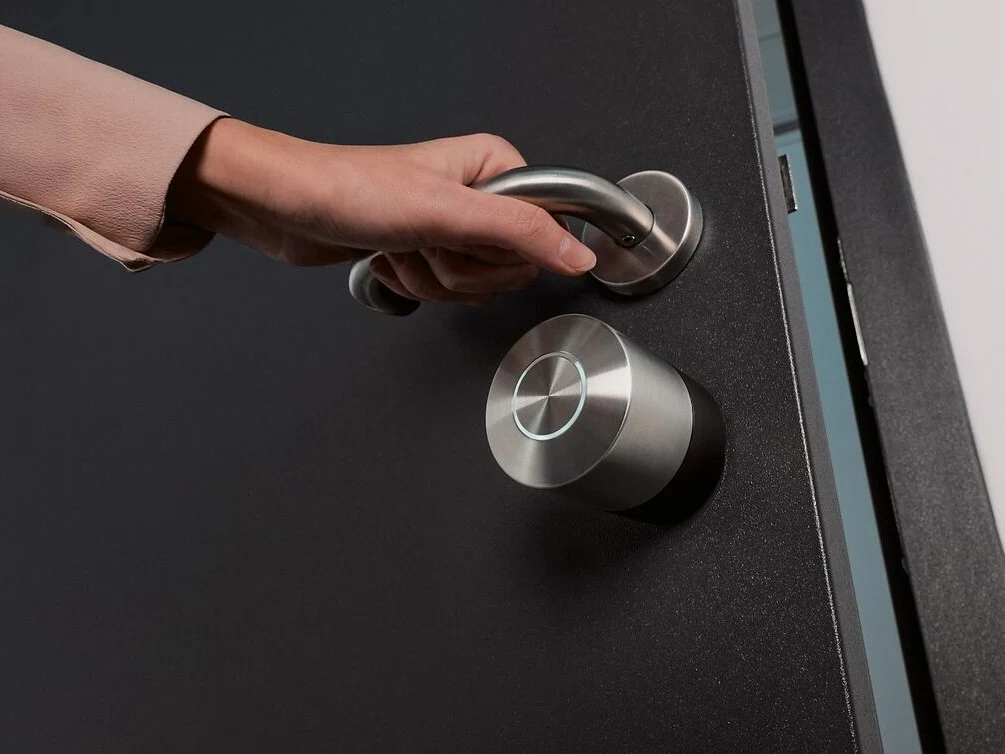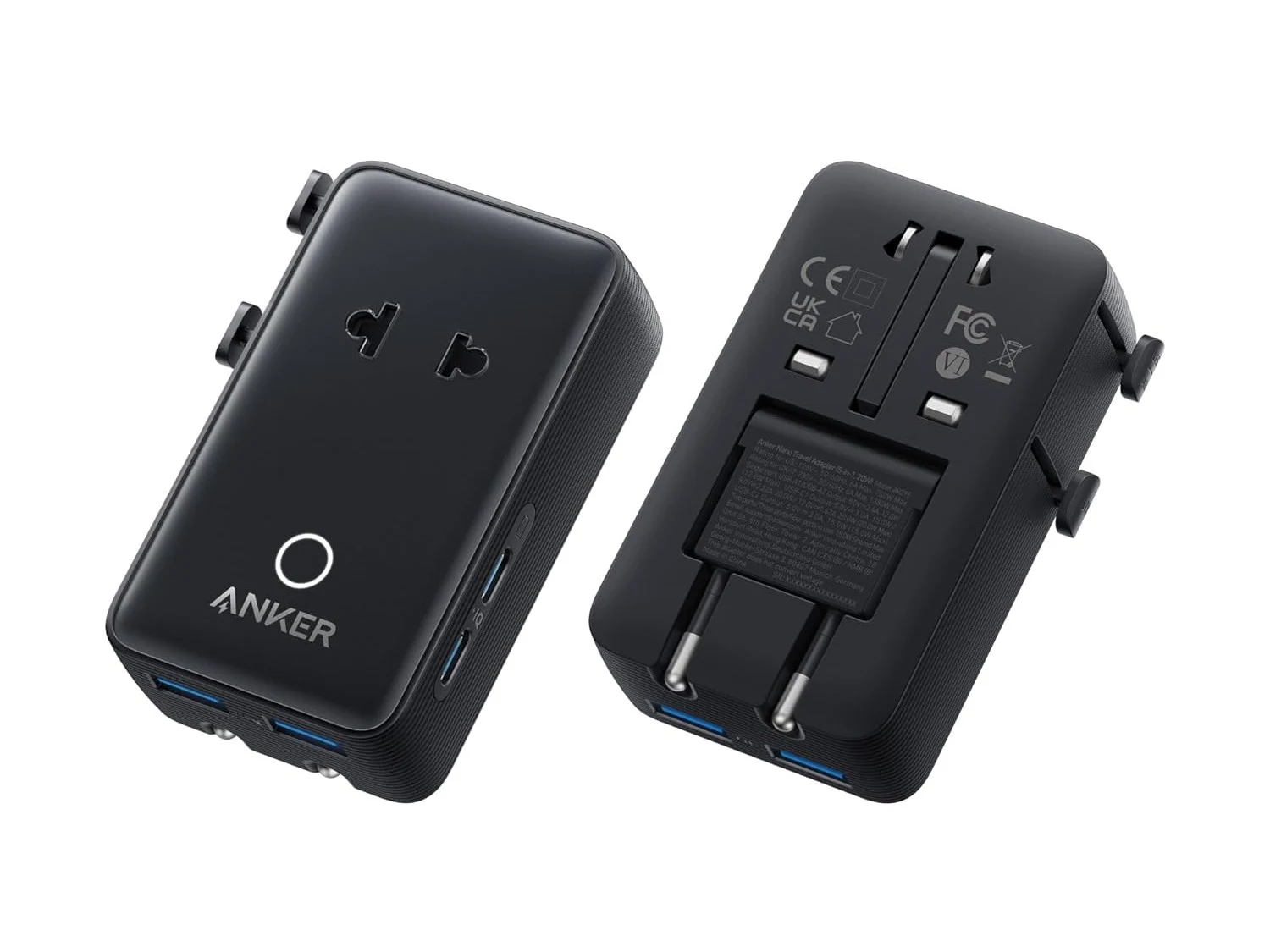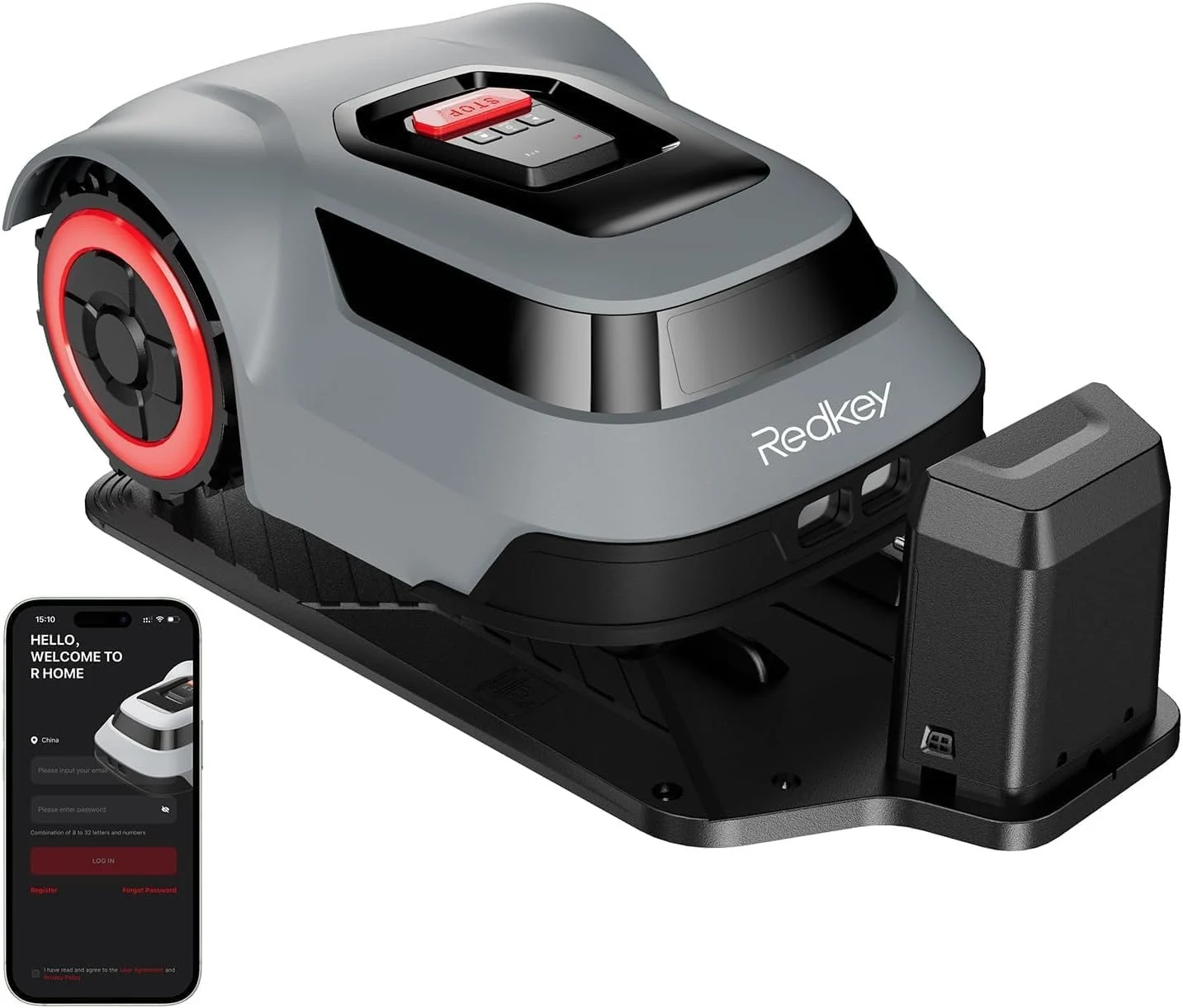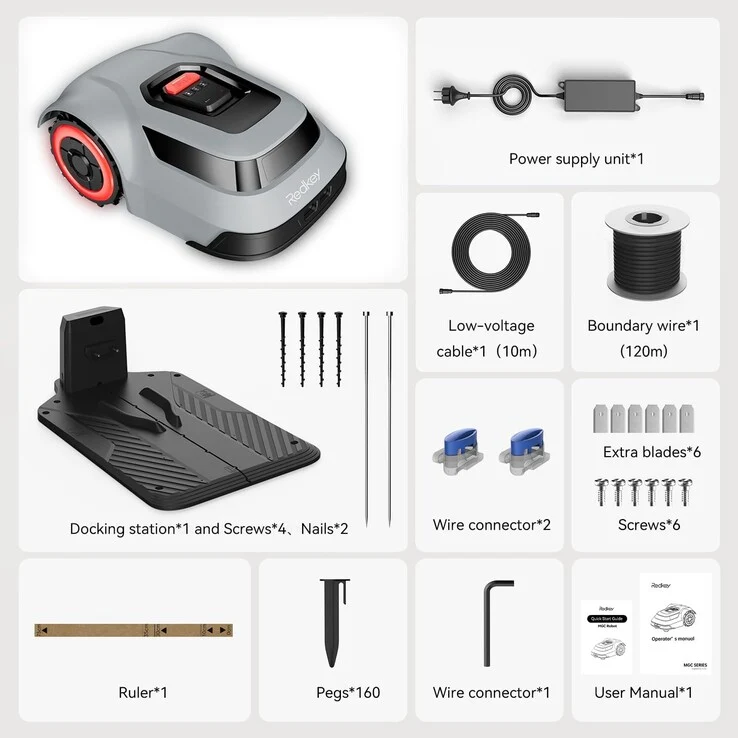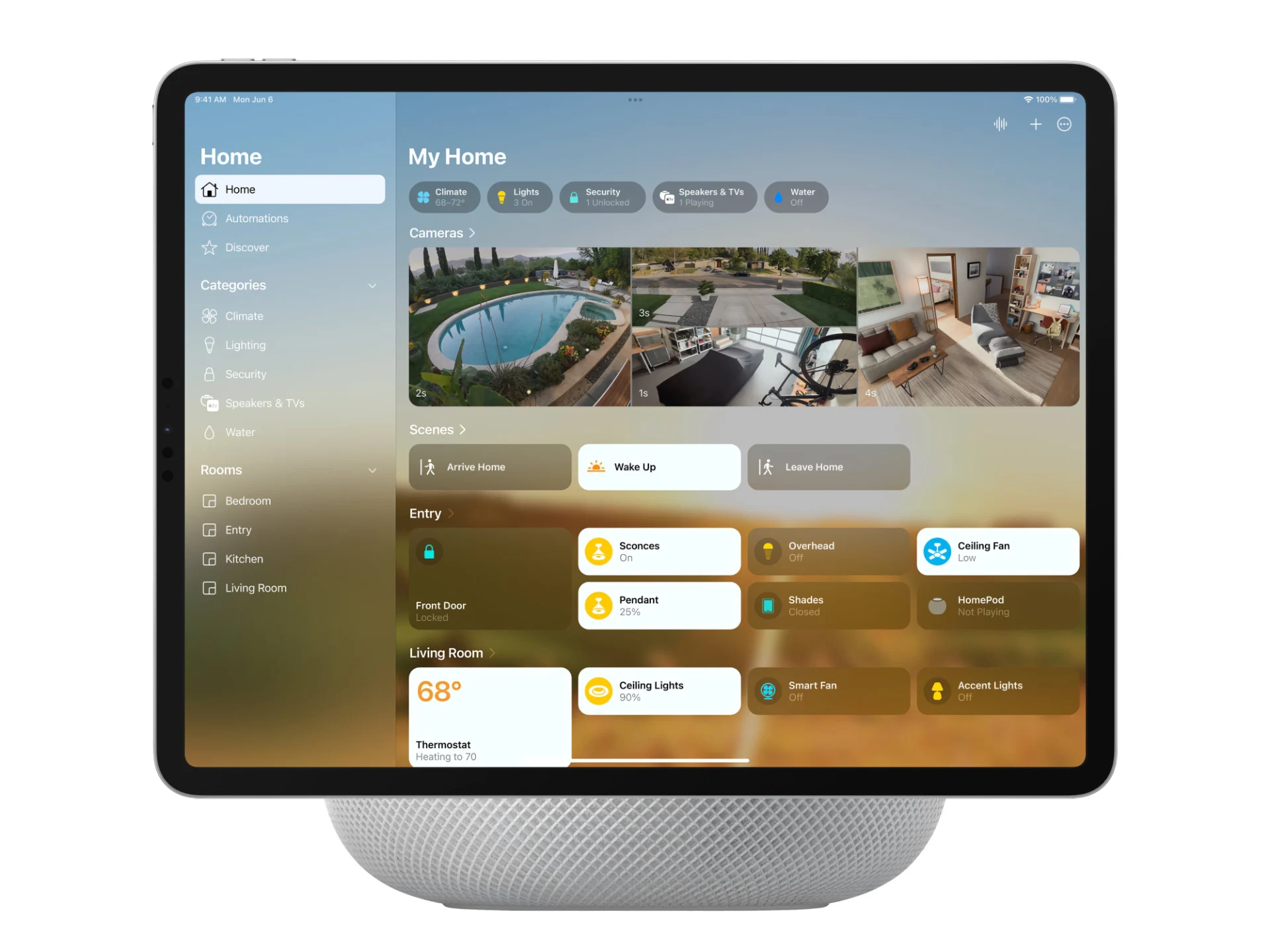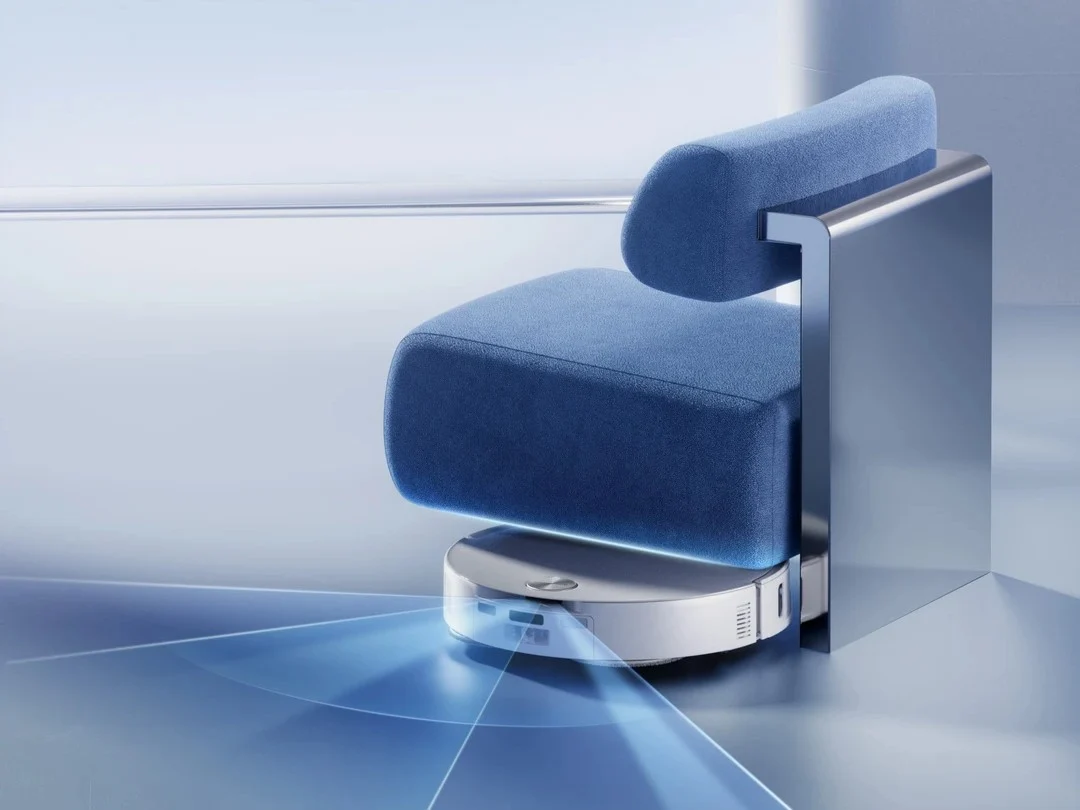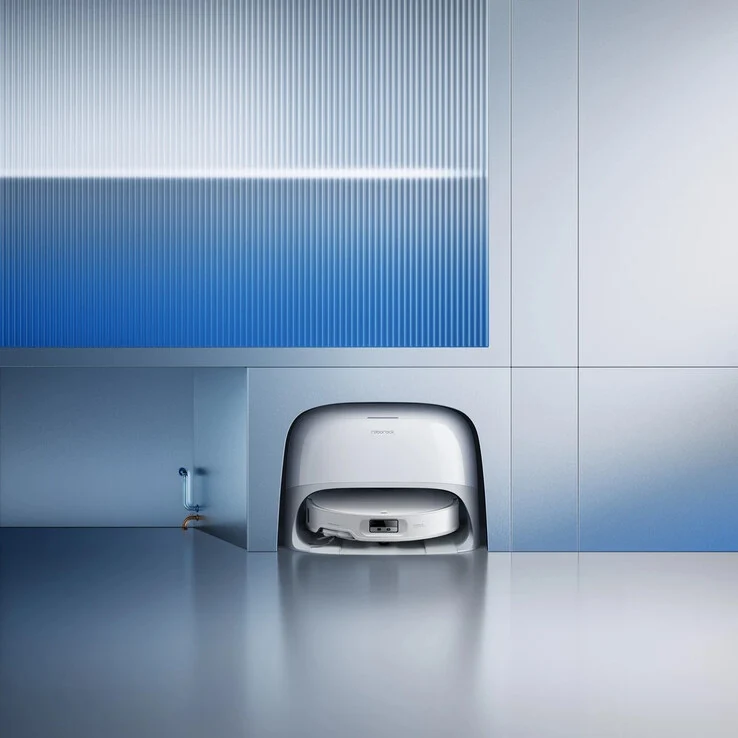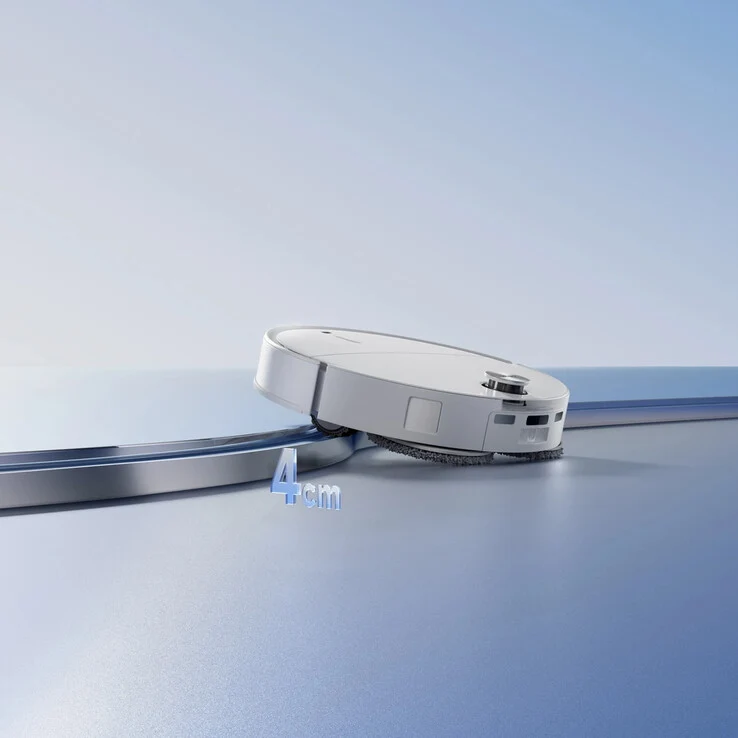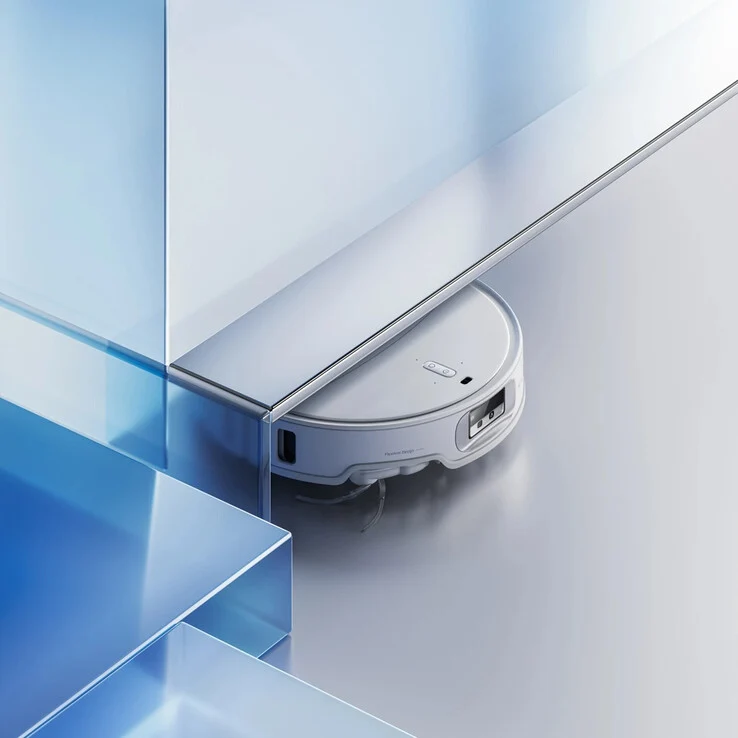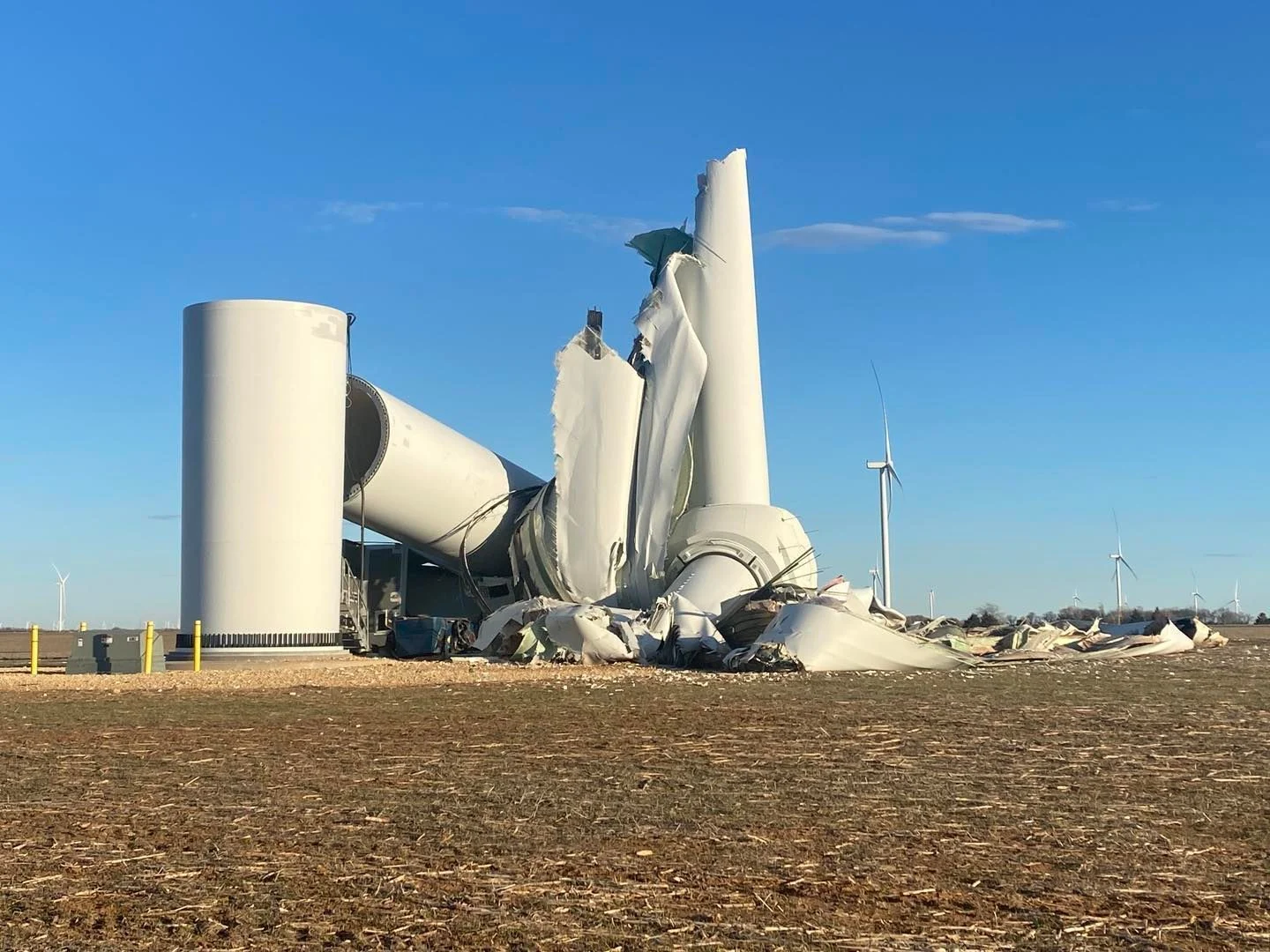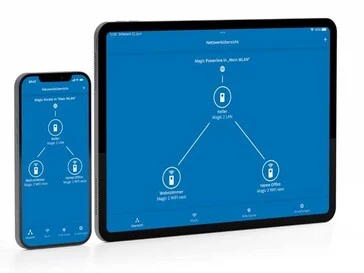Key Takeaways
1. Integrated USB-C Cable: The EnerGeek GR11 features a built-in USB-C cable for enhanced portability, along with additional USB-C and USB-A ports.
2. Power Delivery: It supports up to 100 W fast charging through the USB-C ports and 30 W through the USB-A port, allowing simultaneous charging of three devices.
3. Compact Size: The power bank is smaller than a soda can and includes a built-in screen displaying charging information like wattage and battery percentage.
4. Rapid Recharge: The EnerGeek GR11 can recharge to 60% in 30 minutes and fully charge in 1 hour and 15 minutes with a compatible fast charger.
5. Affordable Pricing: Priced at CNY 199 (approximately $27) in China, with potential for international availability in the future.
Baseus has launched a new power bank in China called the EnerGeek GR11. A key feature of this device is its integrated USB-C cable that boosts its portability. In addition to this, it has two other ports: one USB-C and one USB-A.
Power and Performance
The built-in USB-C cable and USB-C port can both deliver up to 100 W of fast charging power. On the other hand, the USB-A port can provide a maximum of 30 W fast charging when it is used alone. This setup allows the Baseus power bank to charge three devices at the same time, with each device receiving up to 15 W of power.
Compact Design
Baseus emphasizes the small size of the EnerGeek GR11, stating that it is even smaller than a soda can. It also features a built-in screen that shows essential charging information like output wattage, battery percentage, and both full charging and estimated discharge times.
Quick Charging Capability
Not only can the EnerGeek GR11 quickly charge connected devices, but it can also recharge its internal battery rapidly. Baseus claims that when paired with a fast charger (the Baseus 100 W PD GaN3 priced at $39.99 on Amazon), this power bank can reach 60% in just 30 minutes and fully charge in 1 hour and 15 minutes. Additionally, it is compatible with a wide variety of devices.
The EnerGeek GR11 supports major charging protocols such as UFCS, PD 3.0, PPS, QC 3.0, and UFC. Other impressive features include vehicle-grade internal cells, a triple-cooling system for safe operation, and a convenient retractable system for the integrated cable.
Pricing and Availability
In China, this power bank is priced at CNY 199, which is approximately $27. Baseus has not yet revealed details about global availability and pricing, but since many of its products usually become available outside of China, it is likely that the EnerGeek GR11 will be launched internationally soon.
Source:
Link
